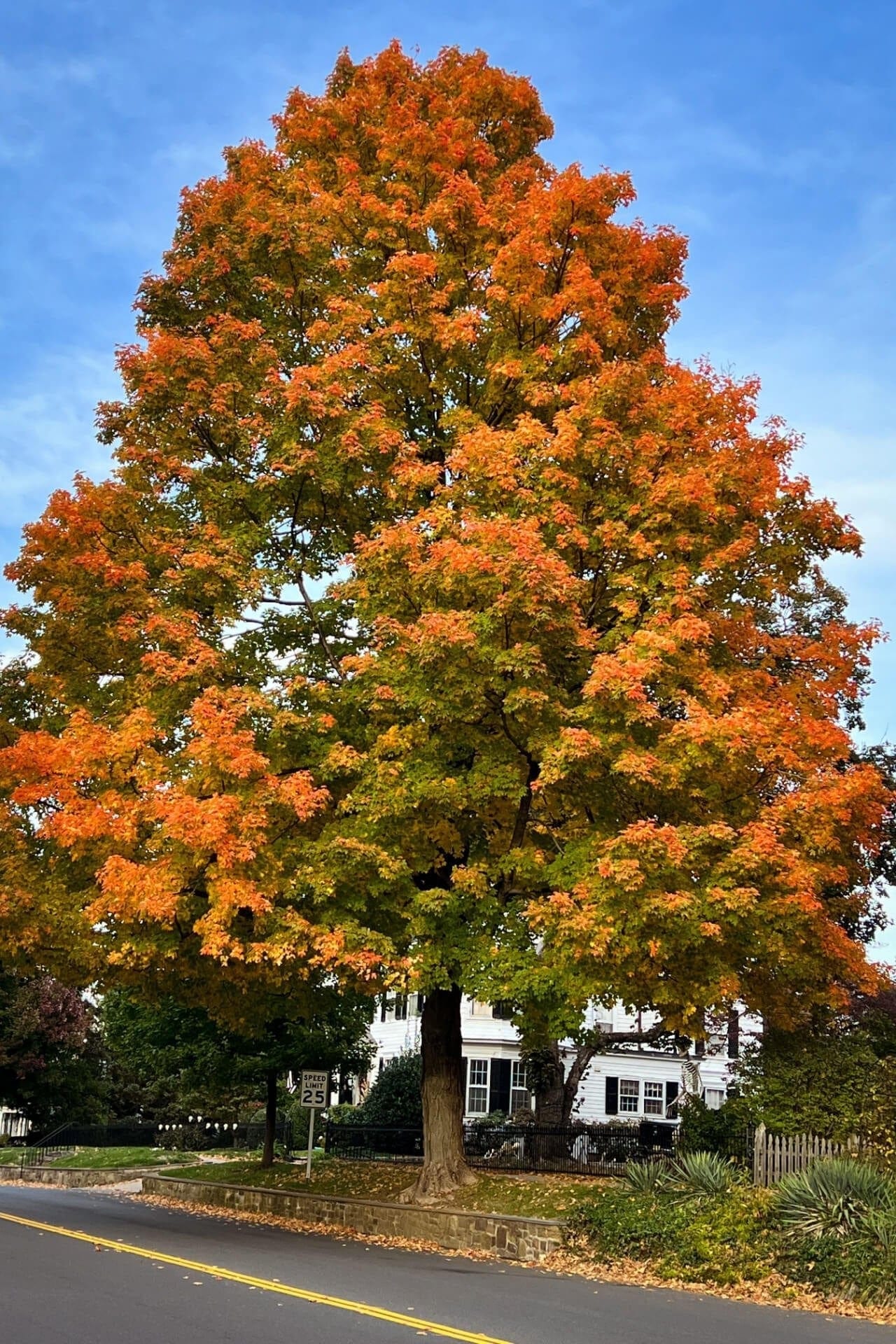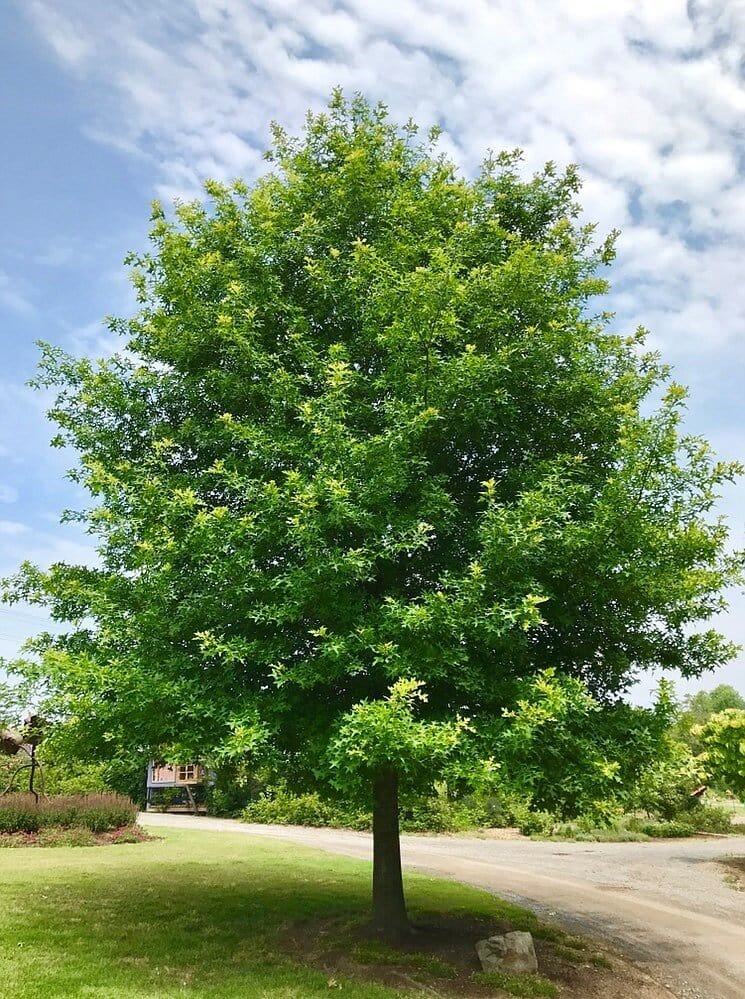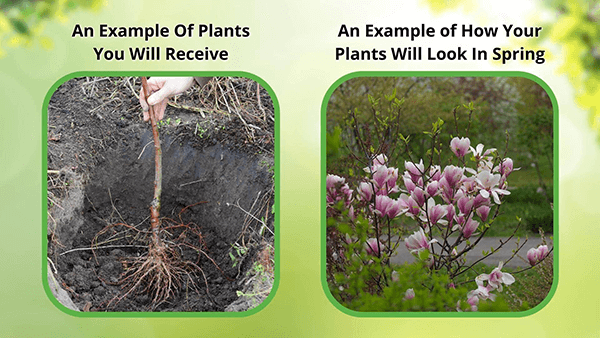Pin Oak Tree
Pin Oak Tree
| Order | Percentage Discount | ||
|---|---|---|---|
| 2-5 | 25% Off | ||
| 6-10 | 30% Off | ||
| 11-25 | 35% Off | ||
| 26-50 | 45% Off | ||
| 51+ | 65% Off | ||
Couldn't load pickup availability
5-7 Days
Over 25 Feet
Sun or Shade
4-8
Shade
Bare-root
LA. MO. SD. NE. PA. OR. MS. IN.
Pin Oak Tree - Quercus Palustris
The Pin Oak Tree is a beautiful, long-living tree that can add natural beauty and charm to any landscape. Its striking foliage, beautiful form, and rich Fall (End of October) colors make it popular with many gardeners and landscapers.
Growth And Appearance
It has a dense, pyramidal crown and a straight trunk. The leaves are deeply lobed, with pointed tips and glossy green on the top, turning red in the Fall (End of October). The tree also produces acorns that attract wildlife, making it a great addition to any wildlife garden.
Planting Pin Oak Tree
It is relatively easy to plant and care for. It prefers moist, drained soil and full sun or partial shade. The tree is tolerant of various soil types, including clay, but it does not tolerate too dry or alkaline soil. It is best to plant the tree in the Fall (End of October) or early Spring of 2024 and to water it regularly during the first year to help it establish roots.
Tree Requirements
Once established, they require little maintenance, but it is essential to prune them regularly to remove dead or damaged branches. It is also important to avoid planting it near sidewalks, driveways, or buildings, as the roots can damage these structures over time.
Benefits
Aside from their natural beauty, trees have several benefits. They can help reduce air pollution, as they absorb carbon dioxide and other pollutants from the air. Trees also provide shade, which can help reduce energy costs by keeping homes and buildings more remarkable in the summer. These trees are excellent choices for any landscape. Their natural beauty, low maintenance requirements, and numerous benefits make them popular for gardeners and landscapers. They are worth considering whether you want to add a new tree to your backyard or some natural charm to a commercial property.
Oaks are hardy trees used in landscaping. They grow in a pyramid-like shape and have a dense canopy, which gives them a unique silhouette. At the top of the tree, the branches point upwards. The middle and lower branches hang to the side or below the tree. In the late spring, after the last frost, they produce yellow-green catkins and sprout leaves. The leaves are distinctive; they each have five lobes, and deep sinuses separate these lobes.
The leaves are dark and glossy green in the summer. In the autumn, they become a beautiful orange or bronze. These trees' acorns are about half an inch long and require multiple seasons to develop fully. They grow well in wetland or clay soil and tolerate occasional flooding. Alkaline soils should be avoided with this species of oak.
They risk turning yellow when the environment has a high pH. The acorns of the oak will attract a variety of wildlife. Deer, squirrels, ducks, and rabbits will feed on the acorns that fall to the ground. The oak is a native North American lowland oak species. It has many features that make it a suitable species for landscaping, and it is widely used in the landscaping industry.
They grow faster than most oaks, about two feet annually, under favorable conditions. It reaches a height of 60-70 feet with a spread of 25-45 feet. Its shape is distinctive, with straight upwards facing branches on top, straight horizontal branches in the middle, and nodding branches on the bottom, thus making for a rather full, attractive tree, becoming more rounded with age.
Its dense canopy makes it a shade tree. It can also be used as a specimen tree or to reestablish bottomland woods. The tiny acorns provide food for squirrels and leave less litter than most oaks.
These trees transplant and establish quickly. They require acidic soils and are intolerant of higher pH soils. They do best in moist soils but are tolerant of drier conditions. They can tolerate occasional flooding outside of the growing season.
This Is How Your Plants Will Look upon Delivery
Bloom/Foliage Color
Yellow
Shipping date depends on the date displayed and chosen when you order from the product's page.
We only accept returns on plants verified dead. If you think your plants have died, we offer a 1 year warranty, please use use this File a Claim Link to verify dead plants and start with return warranty process.









